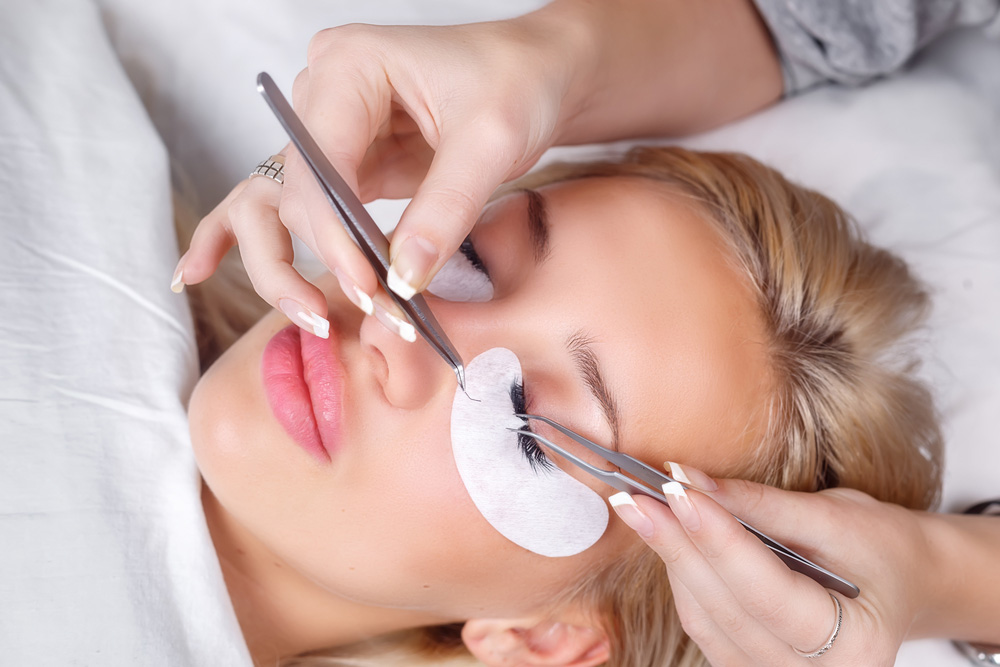 Unfortunately, believe it or not, some clients will not be able to have lash extension applications and here are the
Unfortunately, believe it or not, some clients will not be able to have lash extension applications and here are the
unlucky reasons why.
ABNORMAL SKIN
Oily skin and dry skin around the eyes, which are usually treated with rich moisturising products, may cause lash extensions falling out. Oils affect the adhesive properties of glues, preventing the bonding of lash extensions to the natural lashes.
ALLERGIES TO TAPE OR GLUE
Allergies cause the eyes to be very sensitive and weak. It also results in seasonal or cyclical lash loss, making it impossible to attach synthetic lashes if there are no natural ones.
ALOPECIA
Alopecia is known as spot baldness, a condition where there’s loss of hair from parts or all of the body. It has the same implications as another condition known as Madarosis.
ANTIBIOTICS
Clients taking antibiotics will not have lash extensions that will last as long as they should. This is because of the medication in their system.
BLEPHARITIS
This is an infected lash follicle that’s become blocked, typically from sebum, dead skin cells and bacteria. It produces clumping and stickiness around the lashes and, over time, they become thinner and sparse, creating gaps. It needs to be treated with ointments, frequent eye washes and discarding contaminated make-up products before lash extensions can be applied.
CONJUNCTIVITIS
This is an eye infection caused by either bacteria or a virus. Symptoms include eye redness, discharge and swollen lids. It’s highly contagious and clients with conjunctivitis must not have lash extensions until the infection has completely gone.
CURLY LASHES
Super curly lashes may sound like a blessing but they have their drawbacks, such as getting tangled and being prone to poke the eye. These clients require pre-treatment before applying lash extensions. First, apply primer (helps hold lashes in place) before using a heated lash curling wand to straighten the lashes.
DRY EYE SYNDROME
This is a condition when eyes are unable to produce enough tears. When eyes are dry, the client may suffer from itching, irritation and even inflammation – this makes them want to rub their eyes to soothe, which may break and damage the effects of lash extensions.
MADAROSIS
Madarosis is the medical name for loss of lashes. If eyelids are sparse of lashes, it’s not possible to attach synthetic ones to those that are not there.
RECENT EYE SURGERY
Clients who have undergone recent surgery on their eyes must wait at least 6 months before having lash extensions. During their recovery, eyes would have sensitivity to the application and the products used.
STYE
A stye is an infection of the lash follicle, creating a painful and inflamed lump at the edge of the eyelid. They must be treated and resolved before the client is allowed their lash application.
TRICHOTILLOMANIA
Although lash extension application is possible, it would be pointless. This condition is a disorder where clients have an obsession with lash pulling. They can’t resist plucking their lashes (or hair), so lash extensions wouldn’t make any sense.
TWITCHING
Twitching and hyperactive clients do not influence the quality of lash applications, but will make the process far more difficult, taking much longer than usual. Sudden movements could also risk lashes being pulled out or damage to the eye.
